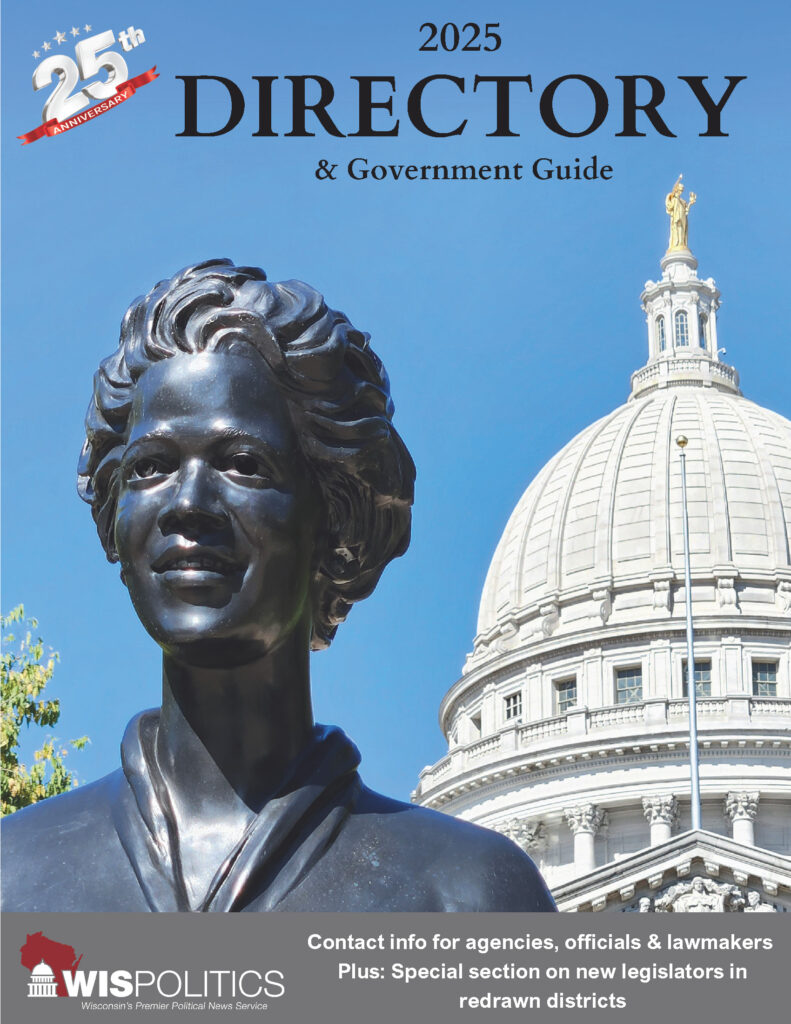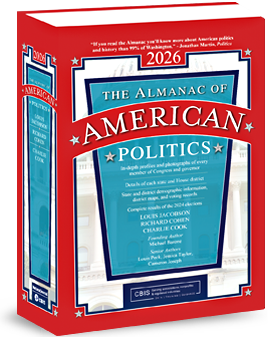MADISON, WI – For over 30 years, the Knowles-Nelson Stewardship Program has played a vital role in promoting Wisconsin’s growing tourism economy and outdoor recreation opportunities, as well as conserving important habitat and ecosystems. Senator Habush Sinykin (D-Whitefish Bay) has been working tirelessly for months to educate constituents and others around the state on the need to support c...
Please log in to access subscriber content.
If you don't have a subscription, please contact schmies@wispolitics.com for subscription options on the WisPolitics-State Affairs platform, which is the new home for WisPolitics subscriber products.


